Focus on Value-Based Care
The HEOR Service Market is increasingly aligning with the principles of value-based care, which emphasizes patient outcomes relative to costs. This paradigm shift is driven by healthcare payers and providers seeking to optimize resource allocation while ensuring high-quality care. According to recent data, approximately 70% of healthcare organizations are transitioning towards value-based care models. This trend necessitates robust health economic evaluations to demonstrate the cost-effectiveness of treatments and interventions. Consequently, HEOR services are becoming indispensable for organizations aiming to navigate this complex landscape. By providing evidence that supports the economic value of healthcare interventions, HEOR services play a critical role in influencing reimbursement decisions and policy formulations, thereby shaping the future of healthcare delivery.
Regulatory Changes and Compliance
The HEOR Service Market is significantly influenced by evolving regulatory frameworks that demand rigorous health economic evaluations. Regulatory bodies are increasingly requiring evidence of cost-effectiveness and budget impact analyses for new therapies before granting market access. This trend is particularly evident in regions where healthcare costs are under scrutiny, prompting stakeholders to invest in HEOR services to ensure compliance. For example, recent regulations in various jurisdictions mandate that pharmaceutical companies submit comprehensive economic evaluations alongside clinical data. This shift underscores the importance of HEOR services in navigating the complex regulatory landscape, as they provide the necessary evidence to support market access and reimbursement negotiations. Consequently, organizations that leverage HEOR services are better positioned to meet regulatory requirements and enhance their market presence.
Integration of Advanced Technologies
The HEOR Service Market is experiencing a notable shift due to the integration of advanced technologies such as artificial intelligence and machine learning. These technologies facilitate the analysis of vast datasets, enabling more accurate health economic evaluations. For instance, AI algorithms can predict patient outcomes and treatment costs, which enhances decision-making processes for healthcare providers. The market for AI in healthcare is projected to reach approximately 36 billion USD by 2025, indicating a robust growth trajectory. This technological advancement not only streamlines operations but also improves the quality of evidence generated, thereby influencing policy decisions and reimbursement strategies. As a result, stakeholders in the HEOR Service Market are increasingly adopting these technologies to remain competitive and meet the evolving demands of healthcare systems.
Rising Demand for Real-World Evidence
The HEOR Service Market is witnessing a surge in demand for real-world evidence (RWE) as stakeholders seek to understand the effectiveness of interventions in everyday clinical settings. RWE provides insights that are often absent from traditional clinical trials, thereby offering a more comprehensive view of treatment outcomes. Recent studies indicate that over 60% of pharmaceutical companies are utilizing RWE to inform their product development and market access strategies. This growing reliance on RWE is reshaping the landscape of health economics and outcomes research, as it allows for more nuanced evaluations of healthcare interventions. As a result, HEOR services that specialize in generating and analyzing RWE are becoming increasingly vital for organizations aiming to demonstrate the value of their products in real-world scenarios.
Increased Focus on Patient-Centric Approaches
The HEOR Service Market is increasingly prioritizing patient-centric approaches, reflecting a broader trend towards personalized medicine. This shift emphasizes the importance of understanding patient preferences, experiences, and outcomes in health economic evaluations. Recent surveys indicate that nearly 80% of healthcare stakeholders believe that incorporating patient-reported outcomes is essential for effective decision-making. As a result, HEOR services are adapting to include methodologies that capture these patient perspectives, thereby enhancing the relevance and applicability of their findings. This focus on patient-centricity not only improves the quality of health economic assessments but also aligns with the growing demand for transparency and accountability in healthcare. By integrating patient insights into their evaluations, HEOR services are better equipped to inform policy decisions and improve healthcare delivery.


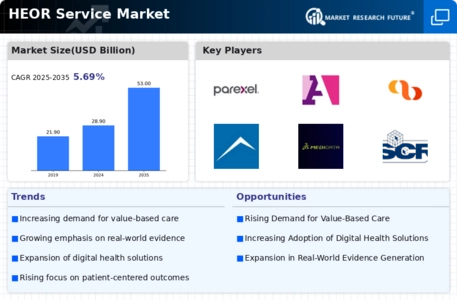
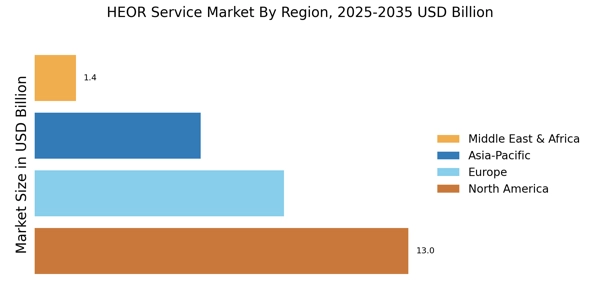
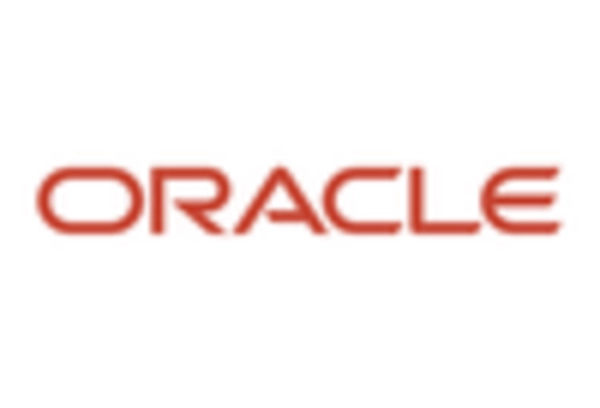
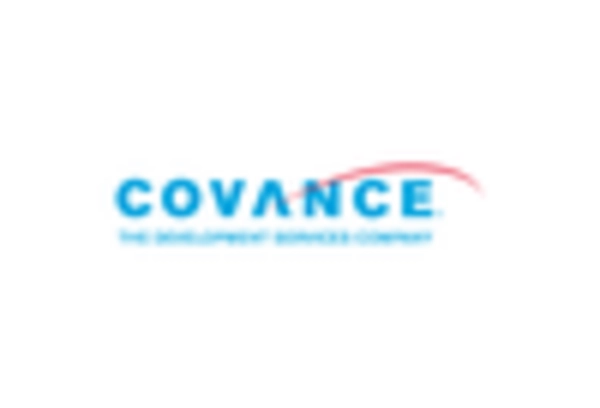

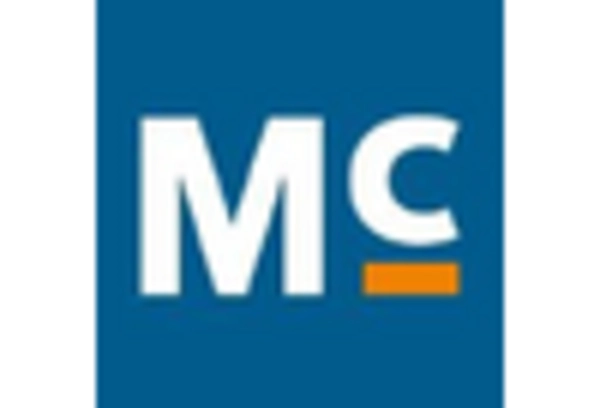

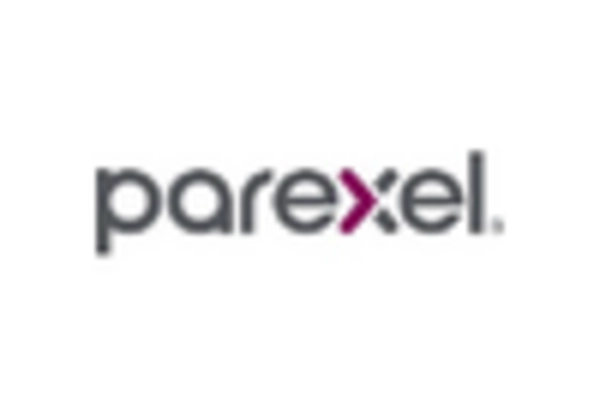








Leave a Comment